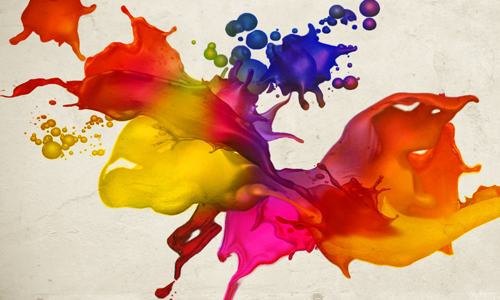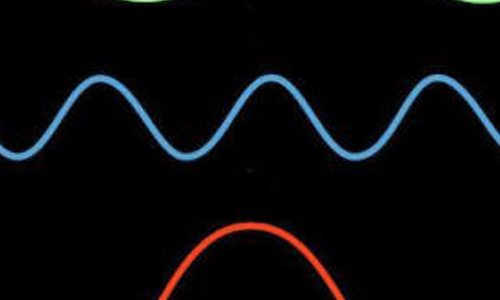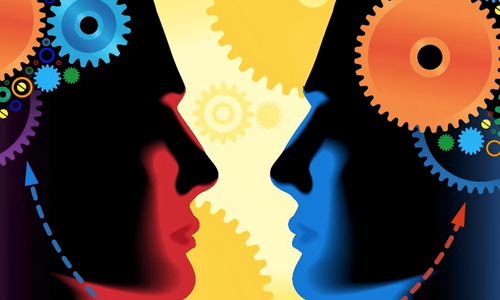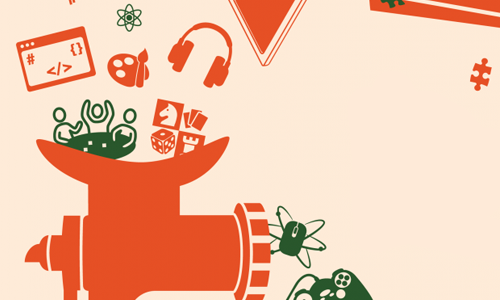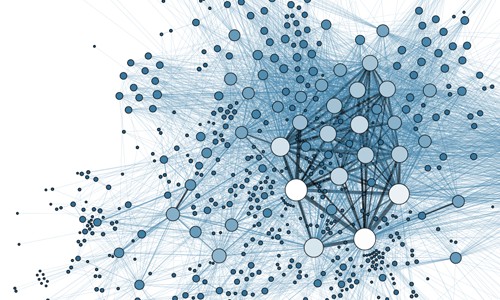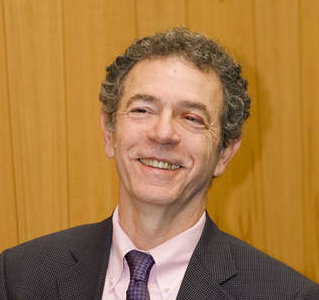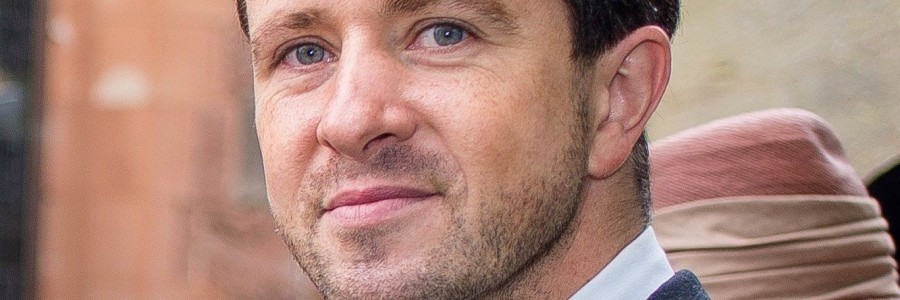by Thomas Fink
Abstract: Creativity has been hailed as a key force behind the economic success of businesses and nations. While many recognise that creativity is a universal human capability, popular views reduce it to the confined domain of a talented few. Yet it remains unclear what drives creativity, or how to promote it. We propose that anonymous collaboration with constrained freedom makes possible emergent creativity: the spontaneous display of creativity amongst non-cooperating individuals, greater than any could achieve alone. We outline a theoretical framework for predicting emergent creativity, and propose platforms for demonstrating it. Emergent creativity may profoundly extend the creative boundaries of mankind.
